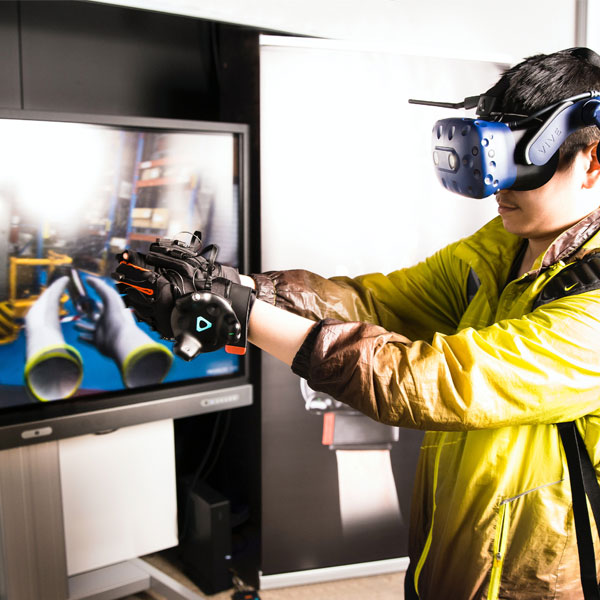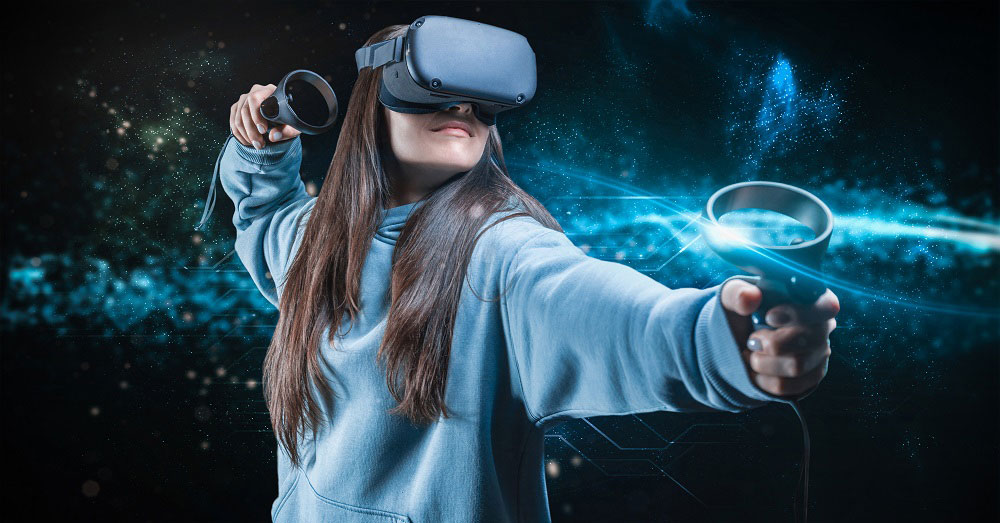
Reality-Virtuality Continuum
The reality-virtuality continuum is a spectrum that represents the range of experiences from the completely real to the completely virtual. Here’s how VR fits in:
- Augmented Reality (AR): AR overlays digital information onto the real world. Users interact with both real and virtual elements simultaneously. Examples include Pokémon GO and AR navigation apps.
- Experience: The real world is enhanced with digital elements, but users remain grounded in their physical environment.
- Augmented Virtuality (AV): AV blends elements of the real world into a predominantly virtual environment. This can involve integrating live video feeds or real-world objects into a virtual space.
- Experience: A mostly virtual environment with some real-world elements integrated into it.
- Virtual Reality (VR): VR represents the extreme end of the continuum, where the entire experience is computer-generated, and users are fully immersed in a virtual world without direct interaction with the real world.


